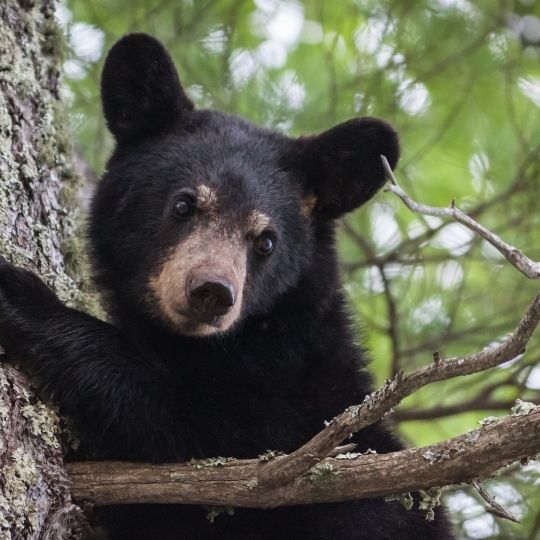Tuesday, September 10, 2024 – The District is please to share this information from our friends with Wild Wise Society:
Fall is around the corner, and while we’re bound to enjoy cooler weather and the beauty of changing leaves, it’s also an important time for wildlife, especially bears.
As they prepare for hibernation, bears enter a phase called hyperphagia, where they need to eat as much as possible to build up fat reserves for winter. During hyperphagia, a bear can consume up to 20,000 calories a day—that’s like eating dozens of cheeseburgers in one sitting!
With their appetite in overdrive, bears will often venture further from their natural habitats, sometimes into human areas in search of easy food sources like garbage, bird feeders, pet food, and even unclean grills or compost.
Here’s why it matters:
When bears associate humans with food, they can become food-conditioned or habituated. Over time, this can lead to escalated behaviours where bears get too comfortable in residential areas, increasing the risk of conflicts. Sadly, these conflicts often end in the bear being relocated or euthanized for public safety.
The good news? We can all help prevent this!
- Store garbage securely: Use bear-resistant containers or keep trash inside until collection day.
- Take down bird feeders: Bears can easily be attracted to seeds.
- Clean outdoor areas: Grills, patios, and outdoor kitchens should be free of food residue, which can lure hungry bears.
- Secure pet/ food & compost: Store these items in bear-proof areas to avoid attracting them.
- Properly secure livestock and practice good animal husbandry.
But there’s even more at stake. For female black bears, building up those fat reserves is not just about surviving the winter—it’s essential for reproduction. Black bears experience a fascinating process called delayed implantation. After mating in the spring, the fertilized egg doesn’t immediately implant in the uterus. Instead, it floats in a state of suspension until the bear reaches the right body condition for pregnancy.
Here’s the critical part: if a female bear does not accumulate enough fat during hyperphagia, the embryo won’t implant, and the pregnancy won’t continue. The embryo will reabsorb into her body, and she won’t give birth in the spring. This means that a successful pregnancy and the birth of healthy cubs entirely depend on the bear’s ability to eat enough during this time.
Let’s all do our part to protect these incredible creatures by keeping them wild and safe! Bears are a vital part of our ecosystem, and their ability to thrive—especially for females and their future cubs—depends on us securing our spaces.
